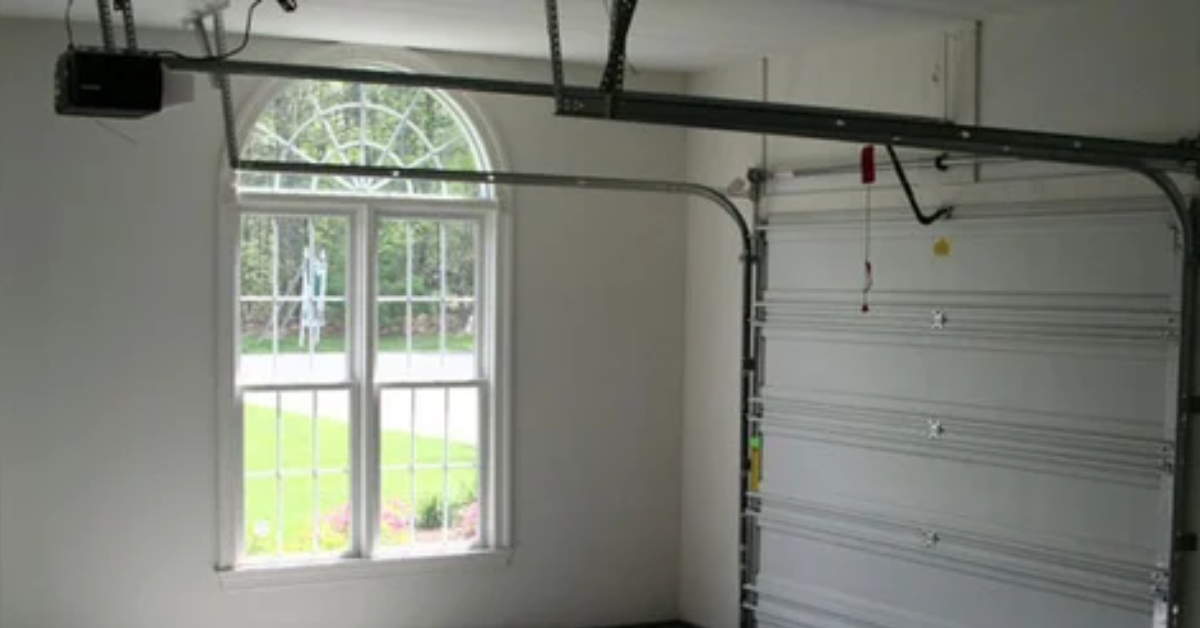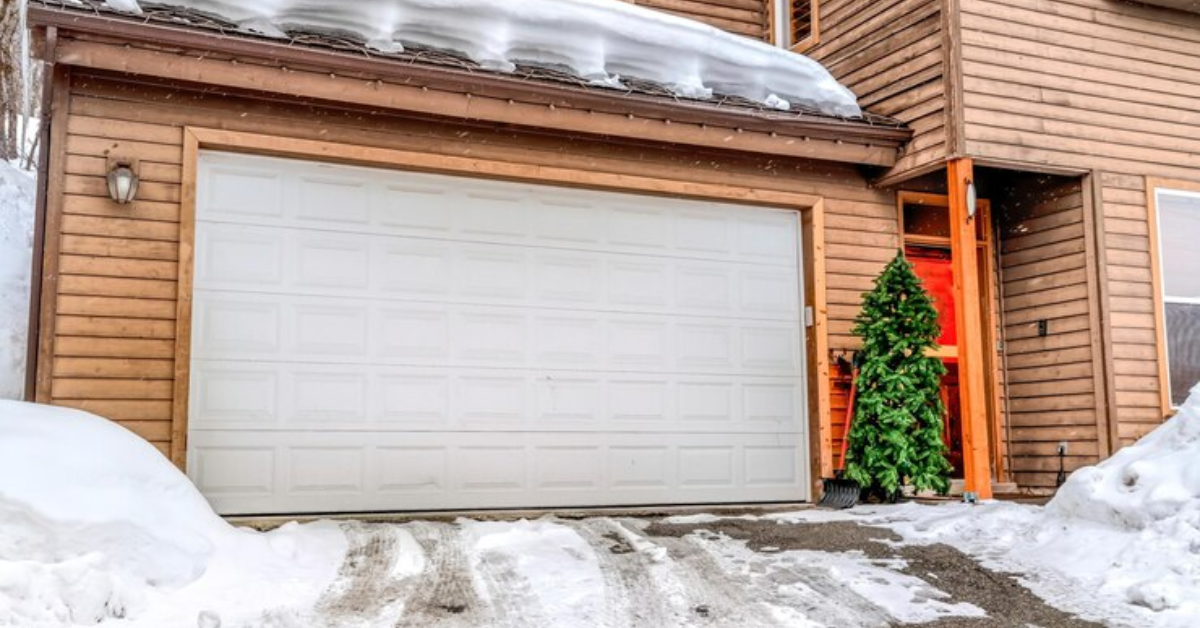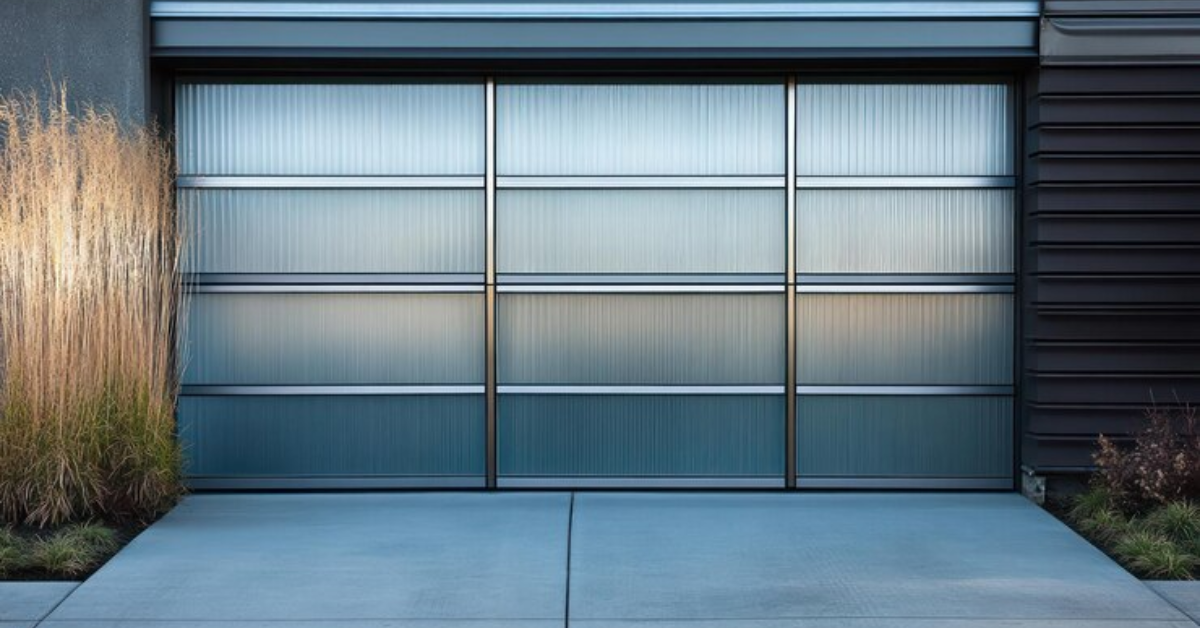Garage Door Opener Care Tips for Smooth Operations
Regular maintenance is the backbone of ensuring the longevity and reliable functionality of garage door openers. The pivotal role of smooth operations goes beyond mere convenience; it's intertwined with safety and security within your home. These mechanisms, often taken for granted, serve as the gateway to our abodes, safeguarding our vehicles and belongings while providing convenient access. By emphasizing the importance of regular maintenance, we acknowledge the intricate nature of these systems and their vulnerability to wear and tear. Routine checks and care not only prevent unexpected malfunctions but also sustain the optimal performance of garage door openers.
Smooth operations aren't just about the ease of opening and closing; they are about mitigating potential risks. A smoothly functioning garage door opener ensures that every operation occurs without unexpected interruptions, reducing the likelihood of accidents or property damage. Imagine the peace of mind that comes with knowing that your garage door opener operates flawlessly, ensuring the safety of your family and possessions.
Regular Inspection and Maintenance
Regular inspection and maintenance form the cornerstone of ensuring the longevity and optimal performance of garage door openers. The components crucial to the smooth operation of garage door openers—cables, springs, and rollers—are susceptible to wear over time due to continuous usage and exposure to varying environmental conditions.
Springs: Begin by
inspecting the springs. These components bear significant tension and are pivotal in counterbalancing the weight of the garage door. Look for signs of rust, fraying, or any distortion in shape. Even minor issues in springs can jeopardize the door's balance, affecting its smooth movement and potentially causing safety hazards.
Cables: Equally critical are
the cables that work in tandem with the springs. Check for any fraying, unraveling, or signs of wear and tear. Damaged cables can lead to misalignments and even sudden door failures, posing risks to property and individuals.
Rollers:
Move on to the rollers, examining them for any signs of wear, cracks, or deformation. These components facilitate the smooth movement of the door along the tracks. Damaged or worn-out rollers can cause jerky movements or even derailment of the door, compromising its functionality.
Regularly assessing these components is crucial in
identifying potential issues early on. Addressing wear and tear promptly through repairs or replacements not only ensures the smooth functioning of the garage door opener but also contributes significantly to its overall safety and reliability. By routinely inspecting and maintaining these vital elements, homeowners can mitigate risks, prevent untimely malfunctions, and extend the lifespan of their garage door openers, fostering a secure and smoothly operating entryway to their homes.
Lubrication and Cleaning
Proper lubrication and regular cleaning are paramount in ensuring the smooth operation of a garage door opener. Begin by applying a silicone-based or lithium-based lubricant to the rollers. These components bear the weight of the door as it moves along the tracks. Lubricating the rollers reduces friction, allowing for smoother and quieter operation. Ensure uniform application across each roller without over-applying, as excess lubricant might attract dirt and debris.
Focus on lubricating the hinges where the door panels connect. These pivot points benefit from lubrication to facilitate free movement, preventing squeaks or stiff hinges that impede the door's smooth motion. Regular cleaning is equally crucial. Remove any accumulated dirt or grime from these components to prevent abrasion and maintain optimal performance.
Testing Safety Features
Ensuring the proper functioning of safety features is non-negotiable when it comes to garage door openers. Check the sensors near the base of the door first. These safety sensors prevent the door from closing if an obstruction is detected. Check for any dirt or debris that might obstruct the sensor's path. Clean the sensors thoroughly and ensure they are properly aligned to function effectively.
Test the auto-reverse mechanism by placing an object (such as a roll of paper towels) in the door's path during closing. If functioning correctly, the door should reverse its motion upon encountering the object. This mechanism serves as a crucial safety feature, preventing accidents or injuries.
Regularly testing and aligning these safety features not only ensure the safe operation of the garage door but also contribute to the overall safety of the household, preventing potential accidents or entrapments. By incorporating these maintenance practices into a routine, homeowners can proactively uphold the smooth functionality of their garage door openers while prioritizing safety, thereby fostering a secure and hassle-free environment within their homes.
Seasonal Care Tips
Seasonal changes can significantly impact the performance of garage door openers. Let's explore how to address specific issues during different seasons.
Winter Preparations:
- In colder climates, freezing mechanisms can hinder the smooth operation of garage doors. Apply a silicone-based lubricant to the tracks, rollers, and hinges, specifically designed for lower temperatures. This prevents the door from getting stuck due to ice buildup.
- Check and replace worn-out weather stripping around the garage door. Proper insulation prevents cold air from entering, minimizing the chances of freezing mechanisms.
- Ensure that the backup battery in the opener is in optimal condition. Cold temperatures can reduce battery efficiency, potentially affecting the opener's functionality during power outages.
Summer Maintenance:
- High temperatures in summer can affect the motor and electronics of the garage door opener. Ensure adequate ventilation in the garage space to prevent overheating. Consider installing a fan or improving airflow to maintain optimal conditions.
- Perform routine checks during summer to ensure components aren’t affected by the heat. Look for signs of expansion, warping, or any damage caused by prolonged exposure to high temperatures.
- Adjust the sensitivity settings of the opener to accommodate temperature changes. High temperatures might affect the door's balance and movement, requiring adjustments for smooth operation.
By addressing these seasonal care tips, homeowners can effectively adapt their garage door opener maintenance routines to seasonal changes. This proactive approach ensures that the opener functions optimally throughout the year, mitigating weather-related issues and contributing to its longevity and reliable performance.
Remote Control and Opener Settings
Maintaining the seamless operation of a garage door opener involves both the remote control and the internal settings within the opener itself. Ensuring their consistent performance is essential for reliable functionality. Starting with the remote control, a key step involves regular battery replacement. To change the batteries, begin by identifying the battery compartment on the back of the remote. Use a small screwdriver, coin, or follow the manual instructions to access the compartment. Properly dispose of the old batteries and insert new ones, ensuring correct polarity alignment. Securely close the compartment and test the remote to confirm its proper functioning with the new batteries. Regularly replacing the remote control batteries helps maintain consistent functionality, avoiding instances where the remote might fail to operate the garage door opener due to low battery power.
Adjusting Opener Settings
Adjusting the opener's settings is another essential step. Access the control panel or settings interface, typically near the motor unit, and locate the sensitivity adjustment settings. Adjusting sensitivity settings helps fine-tune the opener's response to obstructions. Decreasing sensitivity prevents frequent door reversals, while increasing it ensures proper obstacle detection. Exploring additional settings allows for customization, such as adjusting door speed, light settings, or activating timer features. Adhering to manufacturer guidelines during adjustments optimizes the garage door opener's performance based on individual preferences.
Regularly reviewing and adjusting these settings empowers homeowners to tailor their garage door opener's functionality to specific needs. This ongoing maintenance ensures optimal performance and convenience. By implementing these steps for remote control battery replacement and opener settings adjustments, homeowners can sustain consistent functionality, customize their door opener's performance, and enjoy a hassle-free experience with their garage door system.
Troubleshooting Tips for Common Issues
Addressing Noises
Regular maintenance plays a key role in the smooth operation of a garage door opener, particularly in addressing unusual sounds that might arise during its use. Identifying these sounds involves listening for grinding, squeaking, or rattling noises when the door operates, and inspecting the tracks, rollers, and hinges for any loose components or signs of wear.
To silence these noises, tightening any loose hardware like nuts, bolts, or screws that may cause vibrations is crucial. Additionally, applying a silicone-based lubricant to the moving parts—tracks, rollers, and hinges—helps reduce friction and noise. In cases where components are worn-out or damaged, replacing them is necessary to eliminate the contributing noise factors.
By regularly conducting maintenance checks and promptly addressing any unusual noises, homeowners not only ensure a quieter operation of their garage door opener but also prevent potential issues from escalating. This proactive approach to maintenance is essential for the longevity and smooth functioning of the garage door system.
Fixing Partial Openings or Closings
Homeowners troubleshooting issues with their garage door opener can begin by conducting a thorough inspection. Checking for obstructions along the door's path and promptly clearing any debris or objects is the first step. Ensuring the tracks are clean and devoid of any bends or blockages that might impede smooth movement is equally important.
Another crucial step involves adjusting the opener's limit settings to ensure the door completes its opening or closing cycle without stopping prematurely. Taking the time to examine the sensors is also essential; cleaning and aligning them helps ensure accurate detection of obstacles.
Following these troubleshooting steps empowers homeowners to effectively address instances of partial door openings or closings. By restoring the garage door opener's full functionality, these actions ensure seamless operations and contribute to the system's continued reliability.
Professional Maintenance and When to Seek Help:
While DIY maintenance can resolve many garage door opener issues, there are times when professional assistance becomes essential.
Complex Issue Resolution:
Professional technicians possess the expertise to diagnose and rectify complex problems efficiently. Issues like motor malfunctions, intricate wiring problems, or extensive component replacements often require specialized knowledge and tools that professionals are equipped with.
Preventive Maintenance:
Scheduled professional maintenance not only resolves existing issues but also prevents potential future problems. Technicians conduct comprehensive inspections, identify potential risks, and perform proactive maintenance to ensure the longevity and optimal performance of the garage door opener.
Warranty and Longevity:
Many manufacturers recommend or require professional servicing to maintain the warranty validity. Moreover, regular professional maintenance extends the lifespan of the opener, saving homeowners from premature replacements.
Signs for Professional Intervention
Unusual Noises Persist: If unusual or disruptive noises persist despite DIY efforts, it might indicate underlying issues beyond basic maintenance.
Repeated Malfunctions:
Frequent malfunctions or recurring issues, especially after attempted repairs, could signal more significant problems that necessitate professional expertise.
Sudden Door Failures:
Instances where the door suddenly stops functioning altogether or behaves unpredictably require immediate professional attention to avoid safety hazards.
Electrical or Wiring Issues:
Any electrical problems, sparks, or visible wiring issues demand professional intervention due to the associated safety risks.
Complex Repairs:
For repairs involving intricate components, such as circuit boards or extensive wiring, professional help ensures accurate diagnosis and safe repairs.
Recognizing these signs and understanding the
benefits of professional intervention empowers homeowners to make informed decisions. Seeking professional help at the right time not only ensures the safety and reliability of the garage door opener but also saves time and prevents potential accidents or further damage.
Conclusion:
Maintaining a smoothly functioning garage door opener involves regular upkeep, proactive care, and timely interventions. From inspecting for wear and tear to troubleshooting common issues and knowing when to seek professional help, each step contributes to the system's reliability. Implementing these care tips into your routine ensures not just convenience but also safety for your home. Prioritizing these practices will not only optimize your garage door opener's performance but also extend its lifespan, providing peace of mind and hassle-free access to your home.




